Air fryers have revolutionized home kitchens everywhere. With their promise of crisp, golden textures and healthier meals that require little to no oil, it’s no wonder they’ve become a countertop staple. From crunchy French fries to juicy chicken wings, these compact convection ovens can do a lot—but not everything.
While it’s tempting to think of your air fryer as a do-it-all device, the truth is that not all foods are suited for the high-speed hot air environment. Some ingredients just don’t play well with the intense heat and airflow, leading to anything from soggy disappointments to flying food pieces, smoke-filled kitchens, or even a ruined appliance. In some cases, it’s not just about a bad meal—it’s about safety.
So before you go tossing just anything into that fryer basket, hit pause. Whether you’re an air fryer newbie or a seasoned pro, knowing what not to cook is just as important as knowing what works. In this guide, we’ll break down the most common (and surprising) foods you should steer clear of when air frying, and why these items are better off cooked another way.
1. Raw Broccoli
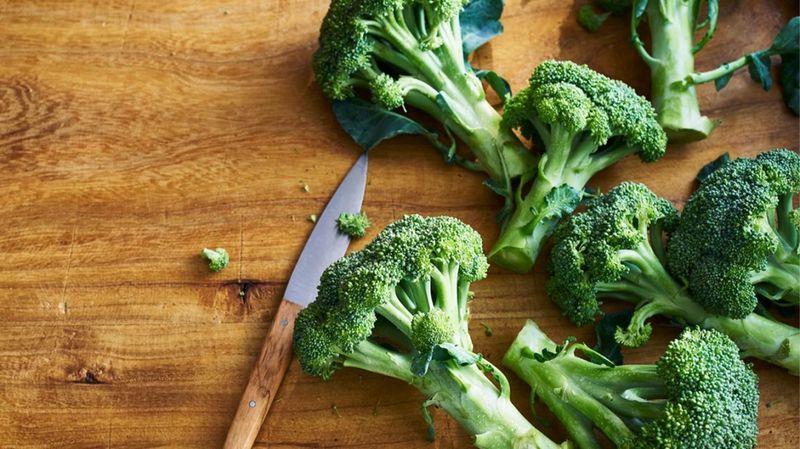
The high-speed hot air circulation in your air fryer will turn those delicate broccoli florets into sad, dried-out husks before they ever get properly cooked. Without moisture or oil to protect them, raw broccoli pieces become brittle, burnt on the edges, and somehow still raw in the center.
A better approach? Try a quick blanch in boiling water first, then pat dry and lightly oil your broccoli before air frying. This pre-cooking step helps preserve moisture while still allowing that delicious crispy exterior to develop.
Or simply roast your broccoli in a conventional oven where the gentler heat won’t immediately dehydrate your veggies into unappetizing broccoli chips!
2. Bread for Toasting
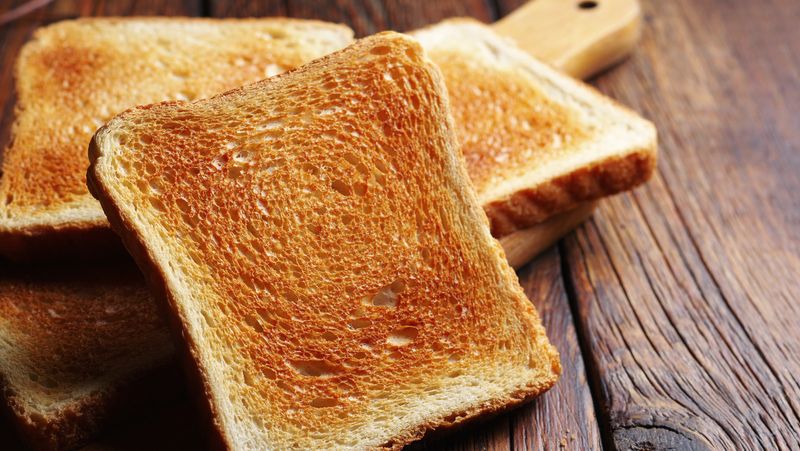
Attempting to make toast in your air fryer might seem convenient, but the results will leave you deeply disappointed. The powerful fan inside blows lightweight bread slices around like autumn leaves, creating uneven browning at best and a fire hazard at worst.
Regular bread simply isn’t designed for the air fryer environment. The rapid air circulation can dry out your bread completely before it has a chance to develop that perfect golden-brown exterior you’re craving.
Stick with a traditional toaster or toaster oven for your morning bread. They’re specifically designed with the right heating elements and timing mechanisms to give you that perfect, evenly toasted slice every time.
3. Pasta (Raw or Cooked)
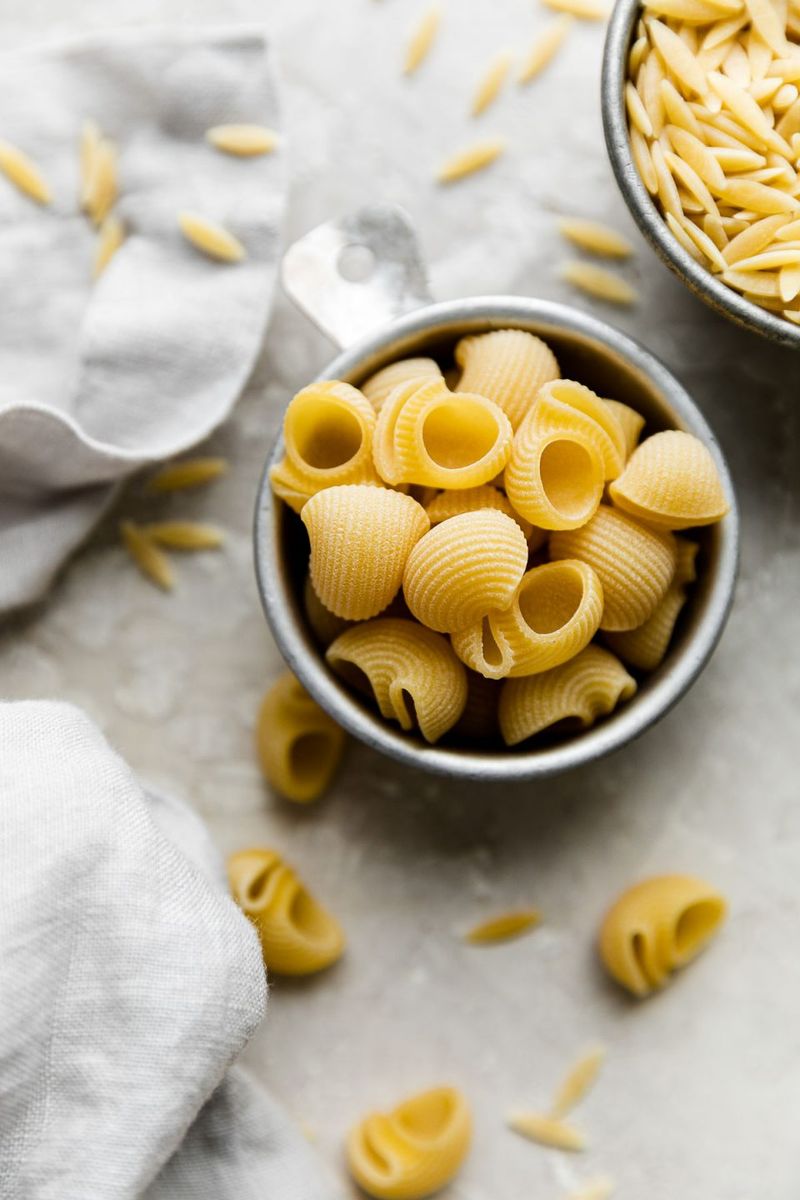
Raw pasta needs to absorb water to cook properly – something impossible in the dry heat of an air fryer. Attempting this culinary crime will leave you with hard, possibly burnt pasta pieces that remain completely inedible.
Already cooked pasta fares no better. The air fryer’s intense heat rapidly removes moisture from those tender noodles, transforming your lovely al dente spaghetti into crunchy, dried-out strands reminiscent of uncooked ramen.
Some pasta dishes can be reheated in an air fryer if they have sauce or moisture (like mac and cheese), but they need to be covered to prevent drying. For most pasta situations, stick with traditional boiling methods followed by your favorite sauce!
4. Rice (Uncooked or Cooked)
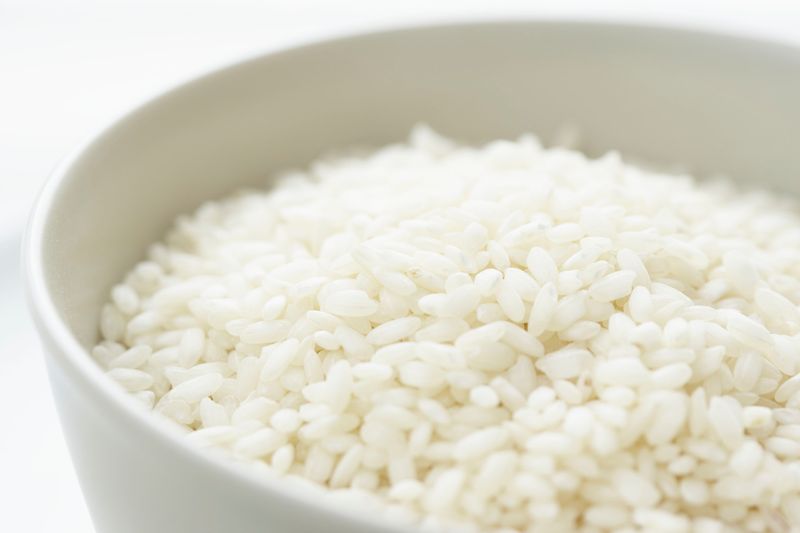
Uncooked rice grains need water absorption to transform from rock-hard pellets to fluffy morsels – a fundamental process that’s physically impossible in an air fryer’s dry heat environment. Attempting this experiment will reward you with nothing but wasted rice and possibly a damaged appliance.
Already cooked rice doesn’t fare much better. The powerful fan will send loose grains flying throughout the interior, creating a cleaning nightmare. Any rice that stays put quickly dries out, becoming hard and unappetizing.
For reheating cooked rice, consider adding a tablespoon of water and covering the container if your air fryer model accommodates this. Otherwise, stick with a microwave or stovetop for rice preparation and reheating.
5. Wet-Battered Foods
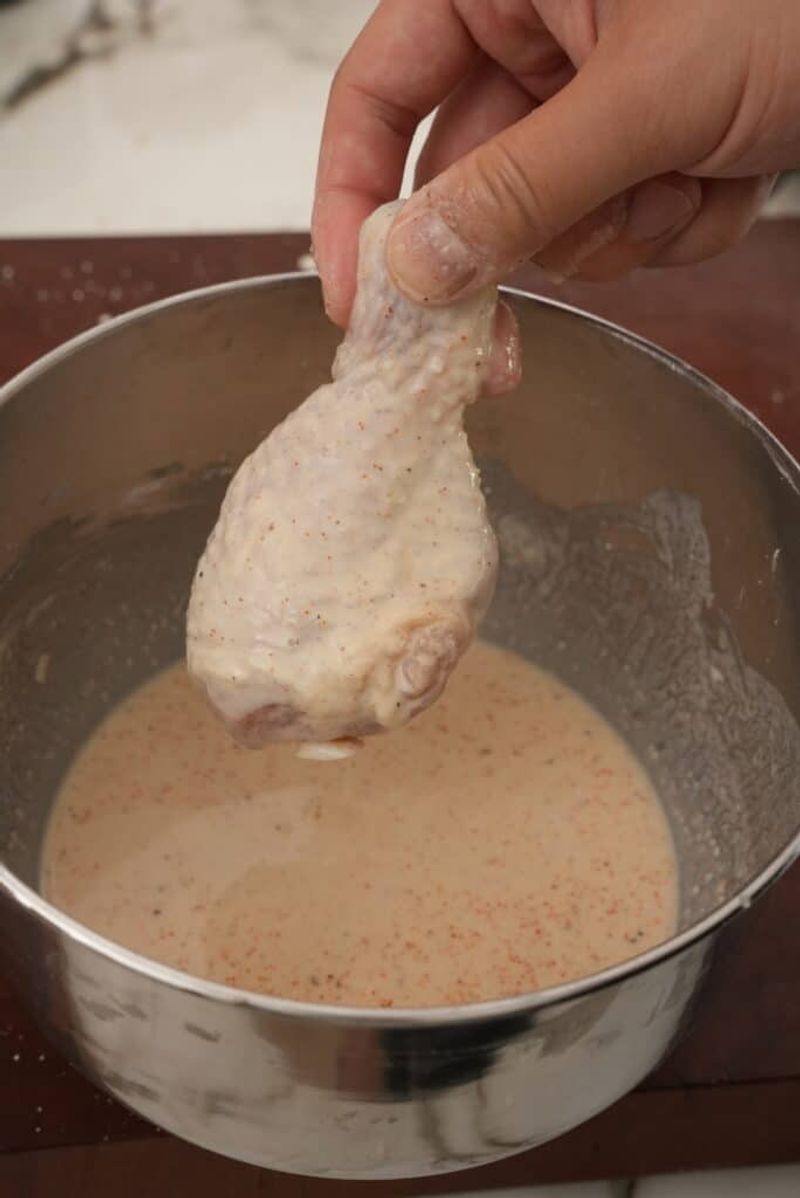
That delicious tempura or beer batter will transform from promising dinner to spectacular disaster in your air fryer. Without the hot oil bath of traditional frying, wet batters don’t set quickly enough. Instead, they drip through the basket holes before they can cook, creating a goopy mess in the bottom of your machine.
The heating element below can burn these drippings, generating smoke and potentially damaging your appliance. Some batter might remain on your food, but it won’t develop that crispy, golden exterior you’re hoping for.
For battered foods, stick with traditional breading methods (flour, egg, breadcrumbs) which adhere better in an air fryer environment. Or enjoy your tempura the traditional way – from a restaurant or home deep-fryer.
6. Foods in Liquid Sauce
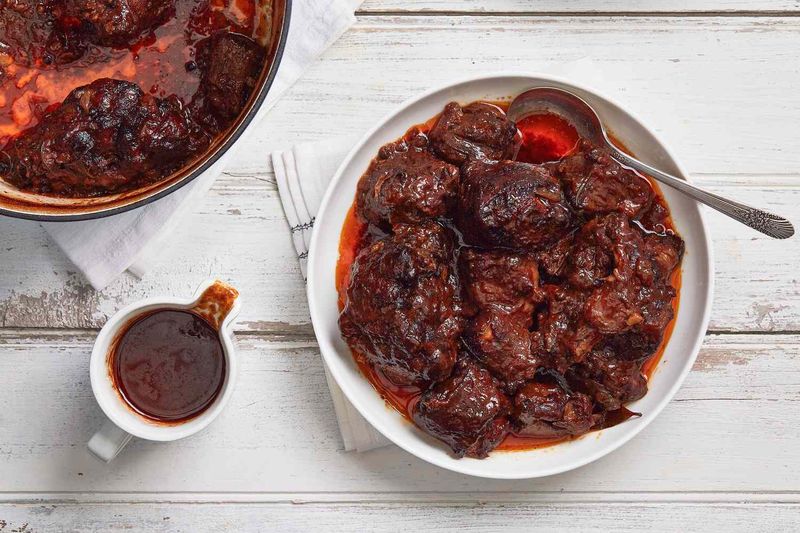
Placing sauce-heavy foods in your air fryer creates an immediate waterfall effect as liquids drip through the basket perforations. This messy situation isn’t just annoying to clean – it’s potentially dangerous when those liquids hit the heating element below.
Sauces can burn, smoke, and even catch fire when they contact the high-heat components. Additionally, your food loses all that flavorful moisture, leaving you with dry meat or vegetables sitting above a puddle of what used to be your delicious sauce.
For sauce-based dishes, consider air frying the protein or vegetables first, then adding sauce afterward. Alternatively, use oven-safe dishes inside your air fryer if your model accommodates them and the manufacturer approves this method.
7. Leafy Greens
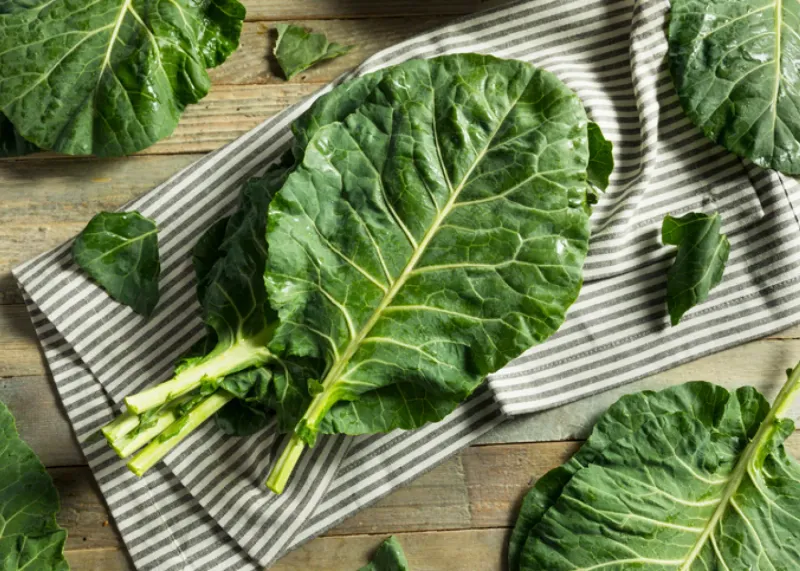
Lightweight spinach, kale, and arugula become aerial acrobats inside your air fryer! The powerful fan sends these delicate leaves swirling around the cooking chamber, where they’ll either stick to the heating element or get burned before you can say “salad.”
Even if you manage to weigh them down, the intense heat rapidly removes moisture from these already-delicate greens. The result? Sad, paper-thin leaf fragments that resemble green dust more than vegetables.
For crispy greens, try kale chips in a conventional oven with minimal air movement. For most other leafy vegetables, stick with traditional methods like sautéing, which preserves their volume and nutritional value while enhancing flavor.
8. Popcorn Kernels
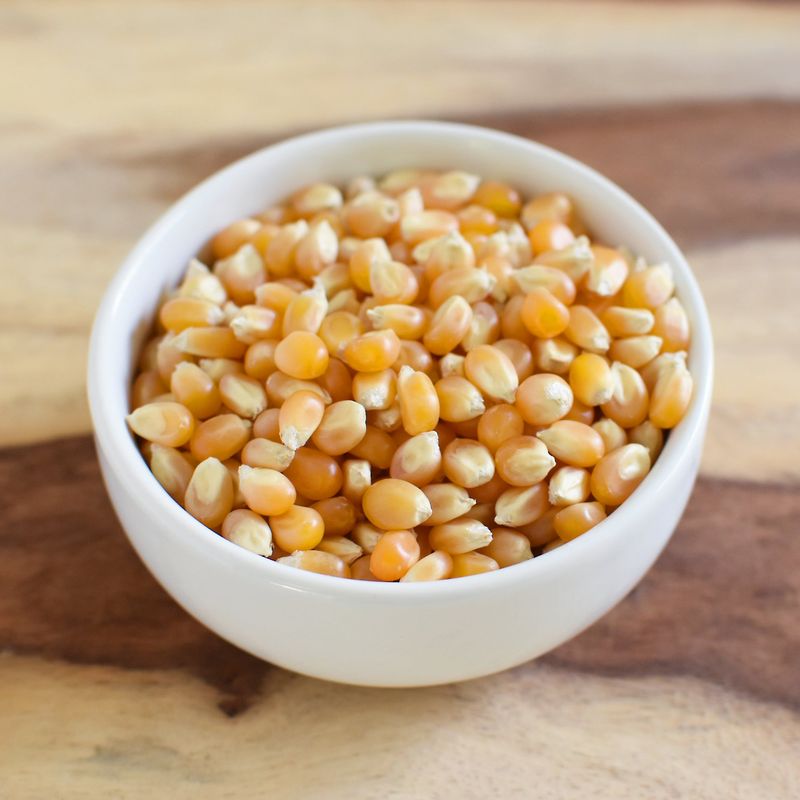
Popcorn requires temperatures around 400°F to pop properly – technically within an air fryer’s range. However, the real problem is containment and heat distribution. Those little kernels become projectiles in the air fryer’s powerful circulation, bouncing around and often landing directly on the heating element.
Unpopped kernels that contact the heating element can burn, creating smoke and potentially damaging your appliance. Those that do pop often fly into the fan or get stuck in crevices, creating a maintenance nightmare.
Some online “hacks” suggest aluminum foil pouches to contain kernels, but this risks damaging your air fryer and voids most warranties. Stick with microwave popcorn or a dedicated popcorn maker for your movie night snacks!
9. Loose or Excessive Cheese
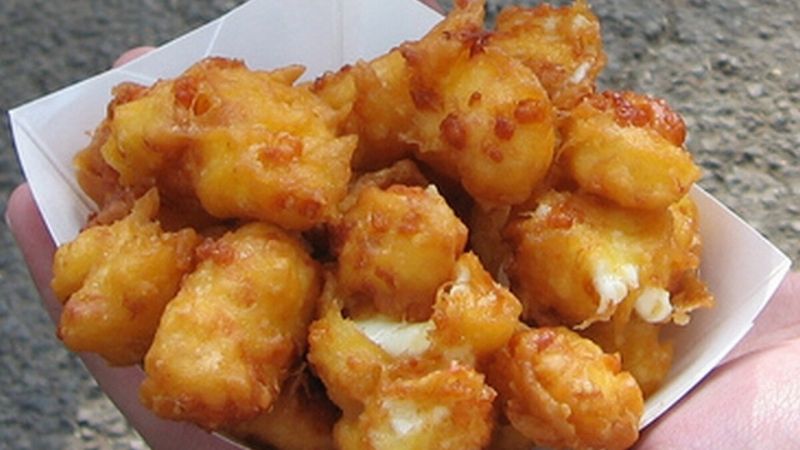
Cheese and air fryers have a complicated relationship. Sprinkled or grated cheese quickly becomes airborne in the powerful circulation, creating a spectacular mess as it sticks to the heating element and interior walls. The burning cheese produces smoke with an unmistakable (and unpleasant) aroma that lingers for days.
Even cheese that stays put can cause problems. The rapid heat melts cheese faster than the exterior can crisp, causing it to drip through the basket holes before developing that golden-brown top you’re hoping for.
For cheese-topped items, add a minimal amount during the last few minutes of cooking, or secure it with toothpicks if necessary. Better yet, finish cheese-topped dishes under a conventional broiler for perfect results!
10. Overcrowded Food Baskets
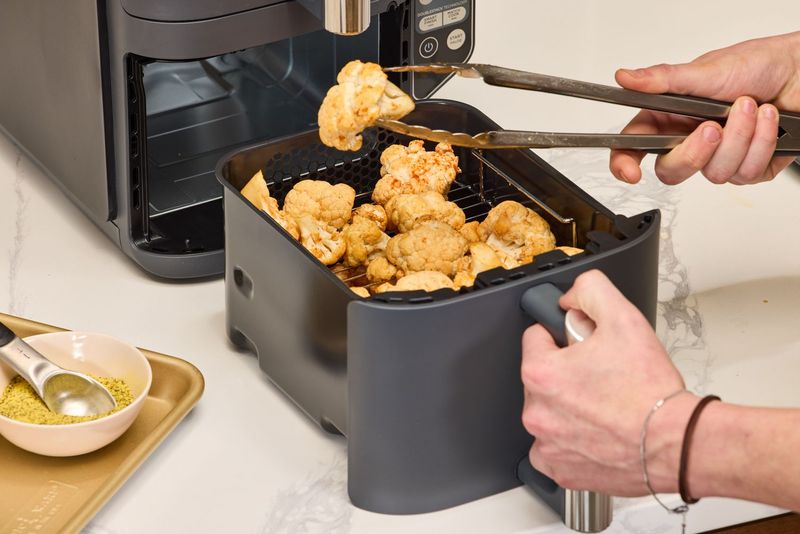
Cramming too much food into your air fryer defeats its fundamental purpose. Air fryers cook by circulating hot air around food surfaces – when pieces touch or overlap, you’re essentially steaming those areas rather than “frying” them.
The result? Unevenly cooked food with soggy patches where pieces contacted each other. The overcrowding also forces longer cooking times, which can dry out the exterior of your food while the center remains undercooked.
Patience pays off with air frying! Cook in smaller batches with space between pieces for proper air circulation. Your reward will be evenly cooked food with that signature crispy exterior that made you fall in love with your air fryer in the first place.
11. Large Roasts or Whole Chickens

Size matters when it comes to air fryers! Most standard models simply lack the capacity for large cuts like whole roasts or entire chickens. Attempting to squeeze in oversized items prevents proper air circulation, leading to dangerous undercooking in the center while the exterior burns.
Even if your air fryer technically fits a whole chicken, the proximity to the heating element often causes the top to burn before the interior reaches safe temperatures. The fat rendering from large roasts can also overwhelm the drip tray, creating smoke and potential fire hazards.
Reserve your air fryer for smaller cuts or consider a dedicated air fryer oven with rotisserie function if whole birds are frequently on your menu. Your standard air fryer excels with chicken parts rather than the entire bird!
12. Delicate Fish Fillets
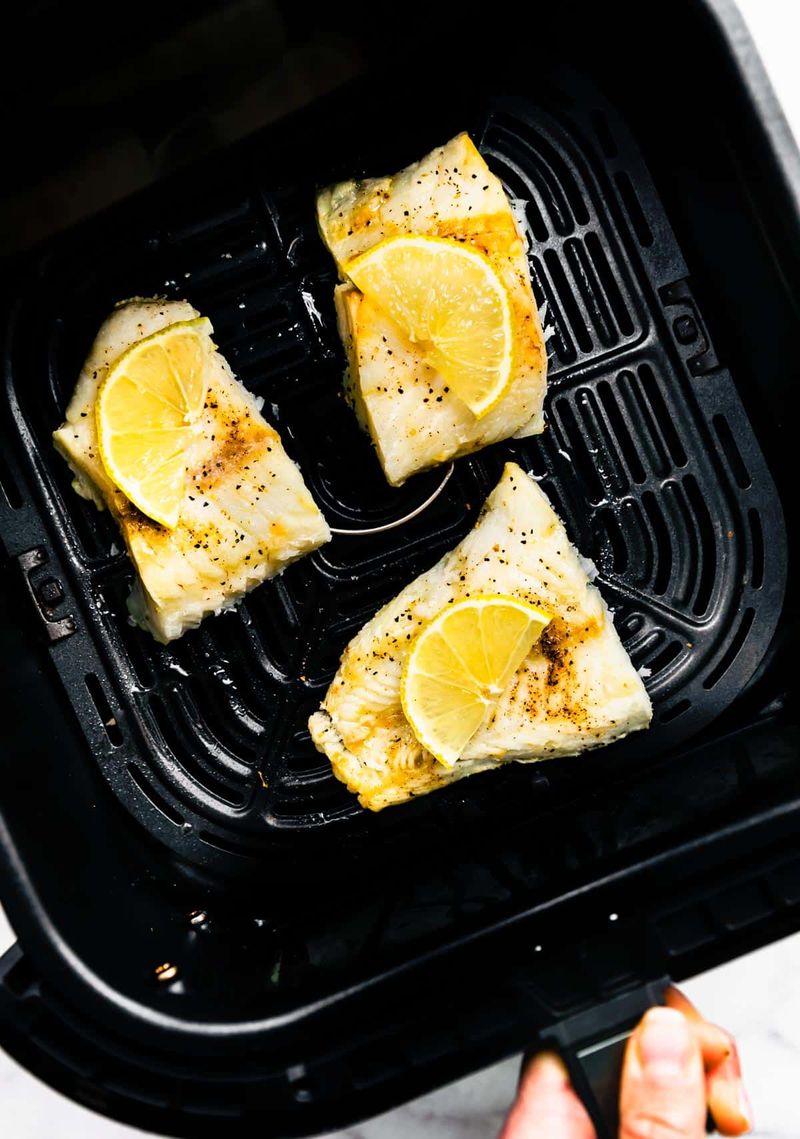
Thin, delicate fish like flounder or tilapia quickly transform from dinner to disaster in an air fryer. The intense heat and powerful circulation rapidly dry out these moisture-dependent fillets, often before the center fully cooks. The result? Fish jerky with a texture resembling cardboard rather than the flaky, tender meal you envisioned.
The rapid cooking also makes timing incredibly challenging. Just 30 seconds too long can mean the difference between perfectly cooked and completely ruined fish.
Thicker, fattier fish like salmon fare better in air fryers. For delicate varieties, stick with gentle cooking methods like poaching, pan-searing, or baking that preserve moisture and allow for more precise temperature control to maintain that delicate texture.
13. Soft Dough Products
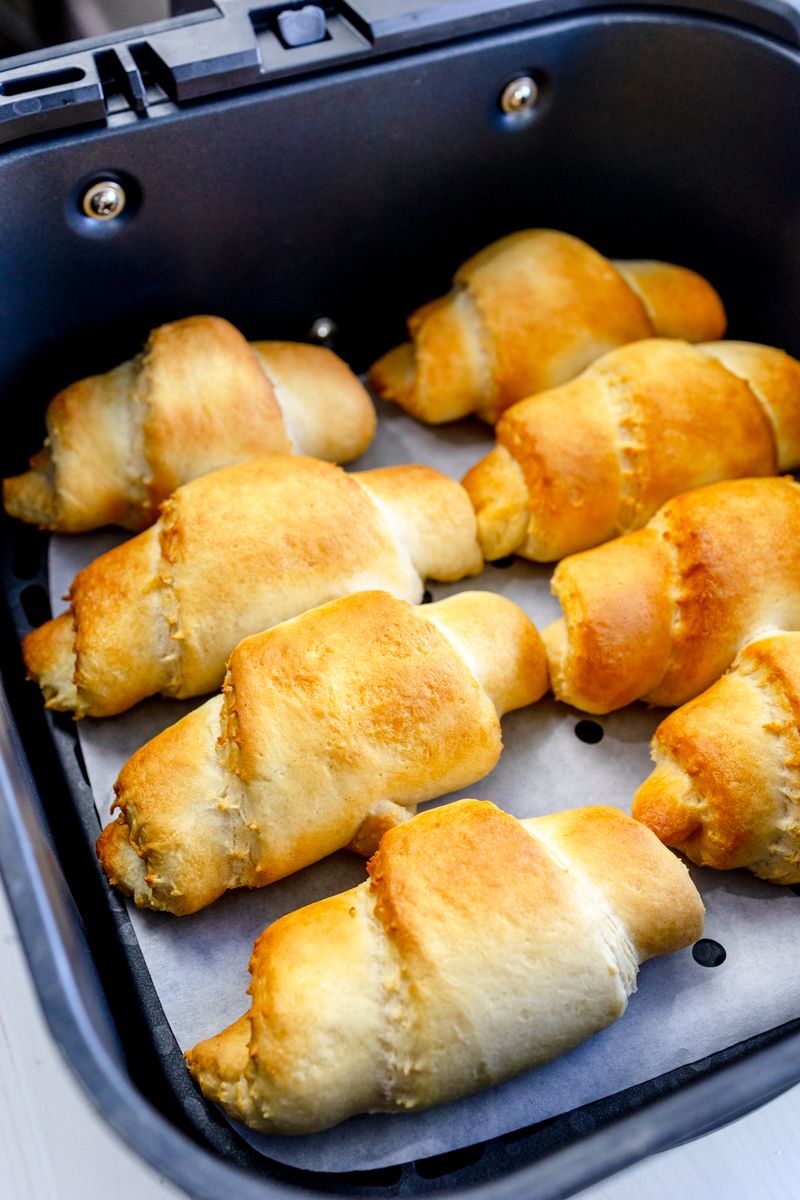
Cookie dough, croissant dough, and other soft batters create spectacular messes in air fryers. As these doughs heat up, they initially soften before setting, allowing them to drip through basket perforations and onto heating elements below.
The intense, uneven heat also causes problems with rising. The powerful fan can actually prevent proper expansion in items that need to rise gradually. Your beautiful croissants might emerge flat on one side and overly browned on another.
For delicate baked goods, conventional ovens provide the controlled, consistent heat needed for proper rising and even browning. Save your air fryer for foods that benefit from its high-heat circulation rather than items requiring the gentle, even heat that traditional baking demands.
14. Raw Hamburgers (Especially Juicy Ones)
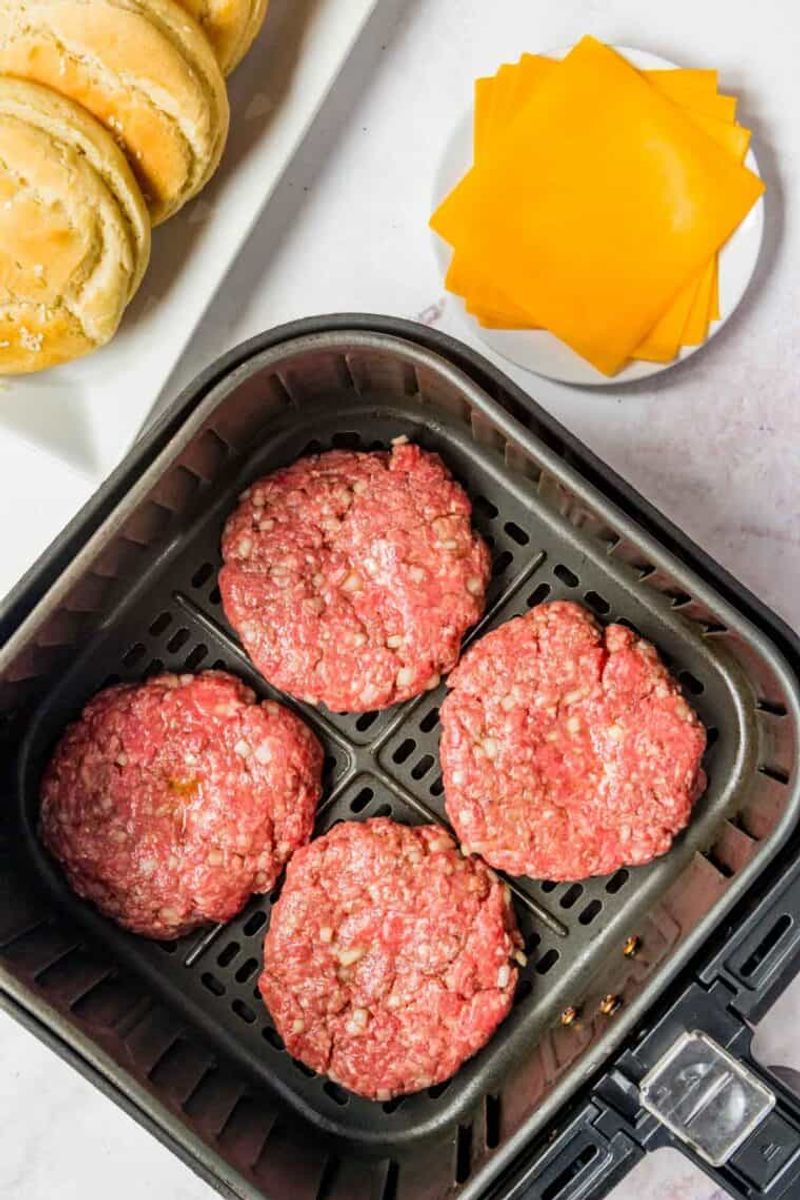
Juicy burgers release significant fat during cooking – a delicious feature when grilling, but a smoky nightmare in your air fryer. As the fat renders, it drips through the basket, creating a greasy puddle that can smoke, splatter, and potentially cause flare-ups when it hits the heating element.
Beyond the mess factor, air fryers struggle with thick patties. The exterior often overcooks while the center remains dangerously undercooked, especially with fattier ground beef blends.
If you must air fry burgers, opt for leaner meat (90/10 or leaner), form thinner patties, and place a piece of bread beneath the basket to absorb drippings. Better yet, save burgers for traditional cooking methods where that rendering fat contributes to flavor rather than smoke alarms!
15. Bacon Strips
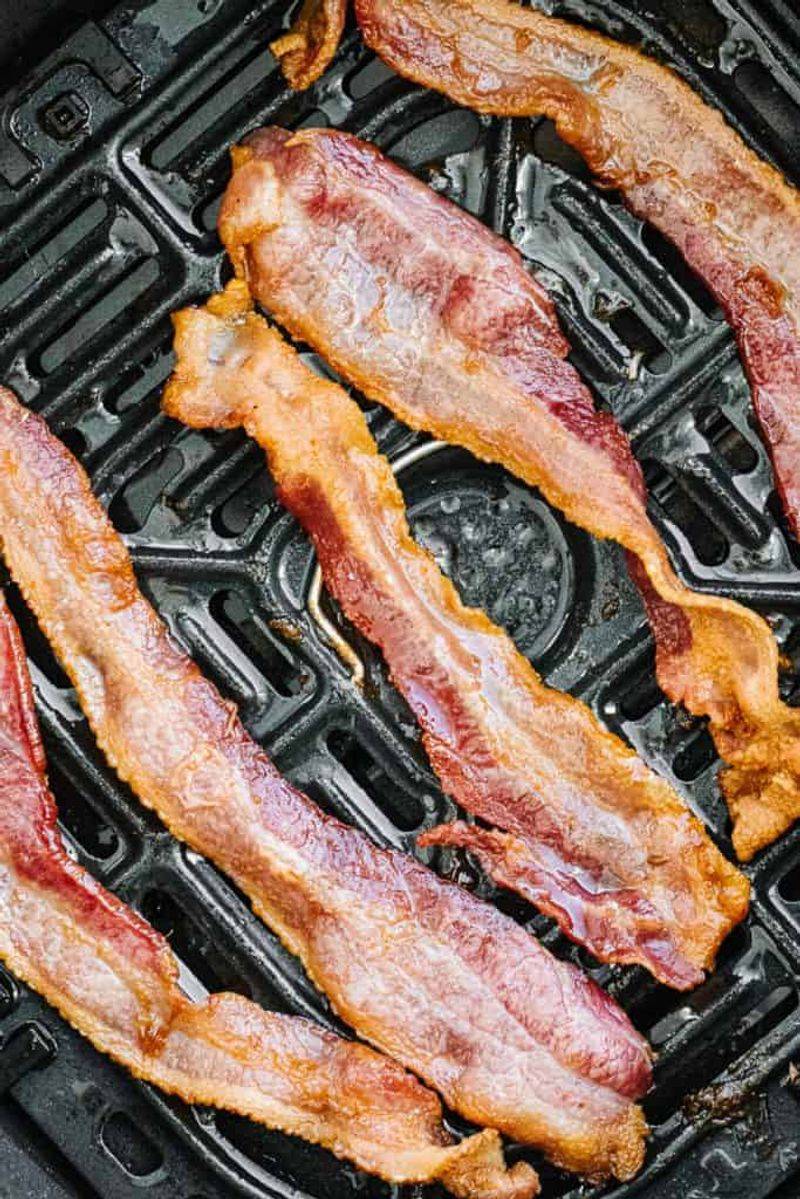
Bacon creates the perfect storm of air fryer problems. As it cooks, bacon releases substantial amounts of fat that drip through the basket perforations. This rendered fat hits the hot elements below, creating smoke, splattering, and potentially dangerous flare-ups.
The powerful circulation also causes lightweight bacon strips to curl and fold before they crisp properly. This uneven cooking yields bacon that’s burnt in some spots while remaining flabby in others.
Some air fryer models include accessories specifically for bacon, which can help. Otherwise, traditional methods like oven baking on a rack (which allows fat to drip away safely) or stovetop cooking (where you can control the rendering process) produce more consistent, less hazardous results.
Leave a comment